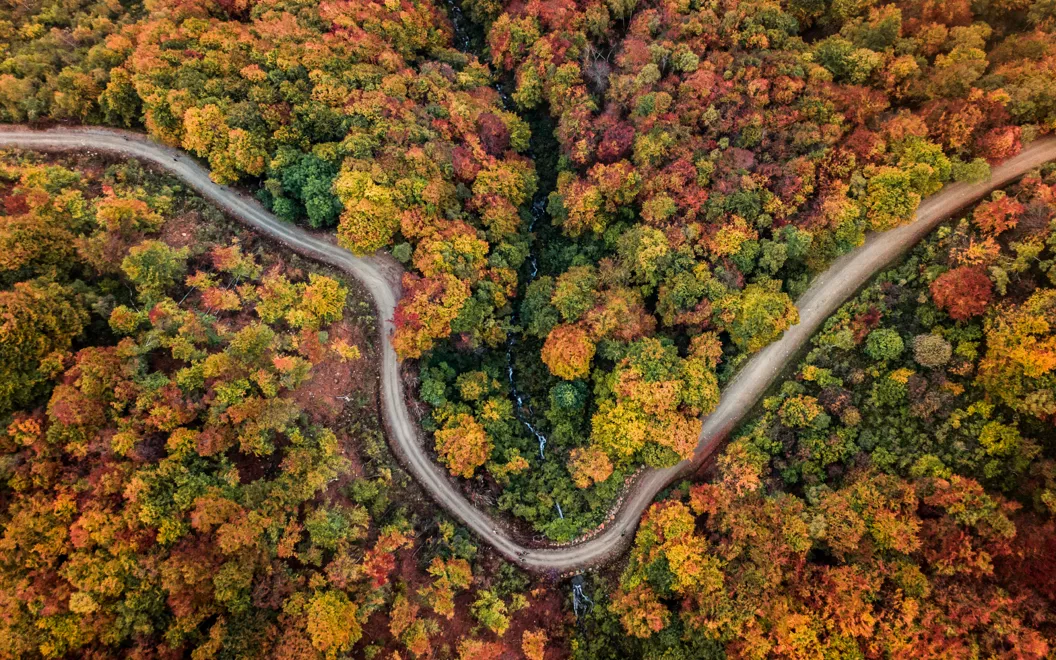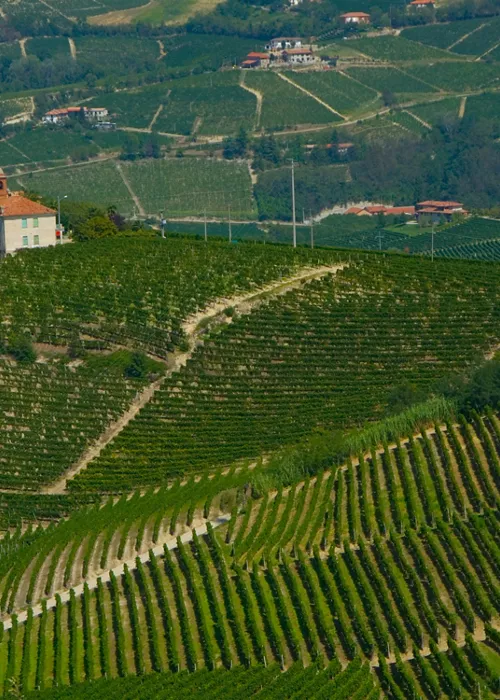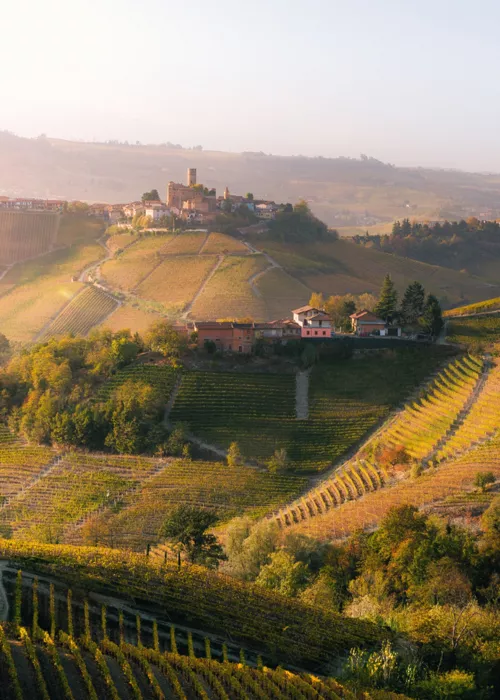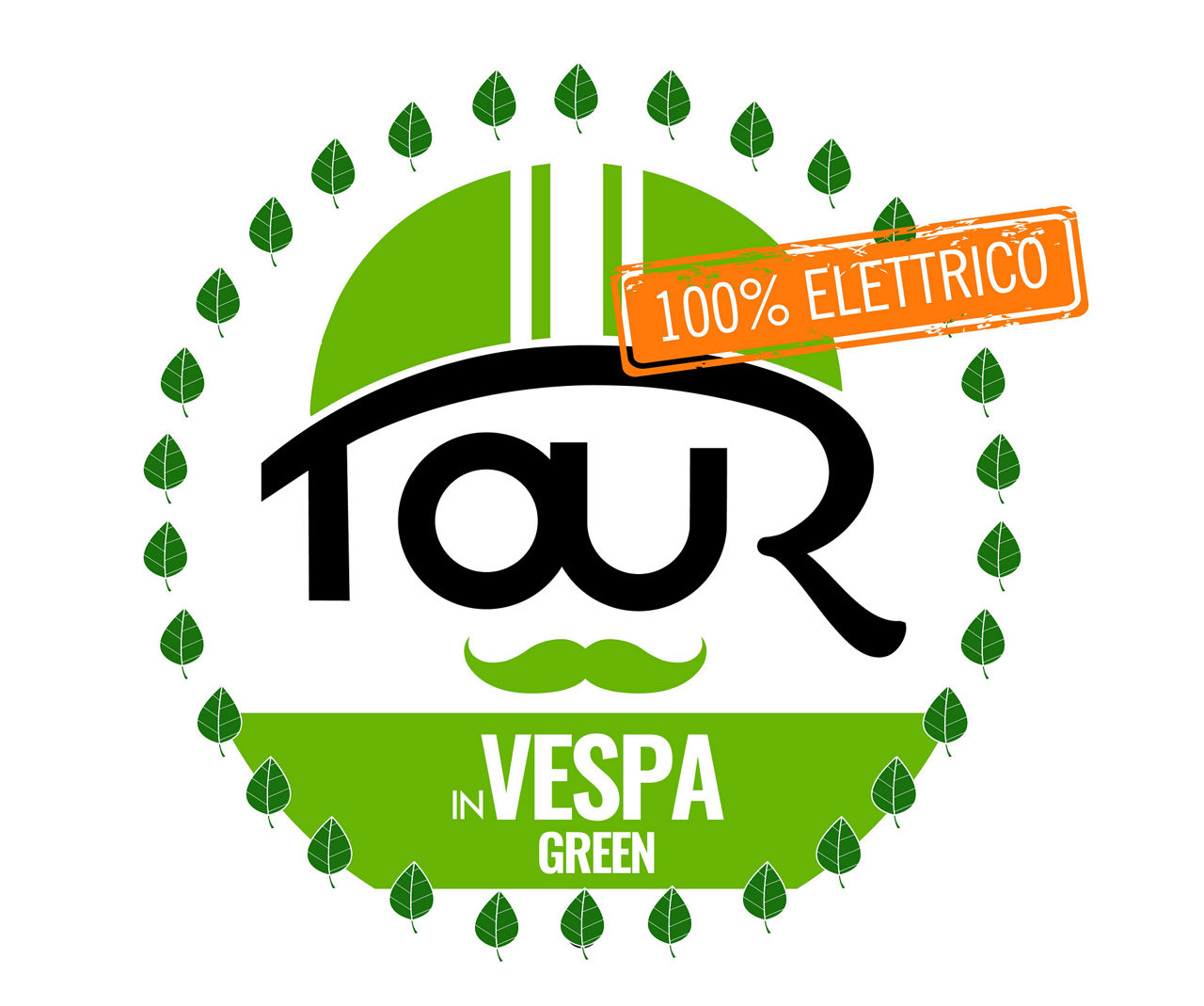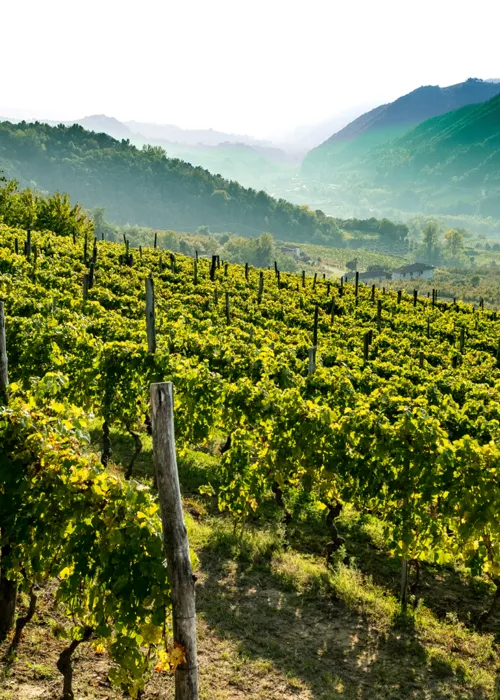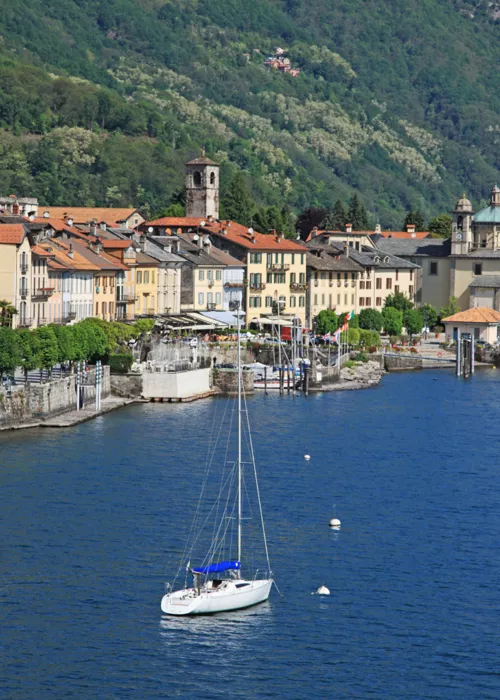Zegna Panoramic Road

Although it is 86 years old, it doesn't show it: it is the scenic road so desired by Ermenegildo Zegna and which alone is worth the journey. It is worth it because the views of Monte Rosa and Alta Valsessera are breathtaking, the nature you pass through is protected and lush, and its history is more unique than rare. Ermenegildo Zegna's wish was to make the mountains and the most beautiful places in the area around his wool mill (built in 1910 in Trivero) accessible to everyone, thereby developing the local economy. In 1938, construction work began on the Zegna Panoramic Road (Provincial Road 232). The construction site stopped during the Second World War, reopening in 1947 and arriving in the summer of 1953 at an altitude of 1,500 metres in Bielmonte, the highest point of the panorama. Everything was done with the utmost respect for the environment, without altering the natural characteristics of the area, enriching it with more than 500,000 conifers and hundreds of rhododendrons, azaleas and hydrangeas. Today, the road extends as far as Bocchetto di Sessera and around it is the Oasi Zegna, which was founded in 1993 by the third generation of the family.
Oasi Zegna

The Zegna Oasis is the dream of Ermenegildo Zegna carried out by his heirs. Established in 1993, the area extends for 100 square kilometres around the direction of the Panorama. You have free access to 1,420 hectares of woods, 170 hectares of pastures and spectacular blooms. A territory returned to the community and dedicated to slow and sustainable tourism. A place to visit four times a year, in every season: with the bright green of summer, the purple of the rhododendrons in bloom in spring, the fifty shades of foliage in autumn, the white, white of snow in winter.
There is no single way to visit the Zegna Oasis, the places to explore and the activities to dedicate yourself to are varied, but for a first approach there are paths, stages and experiences that you just cannot do without. In Alta Valsessera, in Bocchetto Sessera, there is the Bosco del Sorriso, a bioenergetic path in which to experience "forest bathing" (literally, bathing in the forest) to assimilate the beneficial effects of plants. Bielmonte panoramic balcony over the Alps and the plains, in winter it is a skiing paradise for adults and children, in spring it is the starting point for trekking and Nordic walking. Then there is the sanctuary of St Bernard: at an altitude of about 1400 metres, on the top of Mount Rubello, it is an iconic place (you can recognise it from kilometres away in the mountains of the Oasis), fascinating for its history, and offers a truly unparalleled view.
Another reason for enchantment of the Zegna Oasis is undoubtedly the botanical masterpiece of the Rhododendron Basin, a small valley in which rhododendrons were planted, mainly from Belgium, and which today is a true mountain garden that explodes with colours in spring.
Finally, in Trivero, you have Casa Zegna, home to the brand's historical archive and a permanent exhibition dedicated to the entire history of the Zegna Group, from the dawn to global success. The space also hosts temporary exhibitions of educational activities. While the adjacent Lanificio, still in operation, hosts the Outdoor contemporary art exhibition.
Biella

Crowned by the Alps to which it gives its name and suspended over the large spaces of the plain, Biella charms visitors with its landscape. They are also charmed by the sites of architectural beauty that dot it, as well as the expertise has led the Biella textile sector to worldwide success and has made Biella the UNESCO Creative City for the Craftsmanship & Folk Art sector. This is thanks to the foresight of its entrepreneurs, who have exploited the water of this territory, which is the lightest in Europe, to produce excellent yarns but also an excellent beer: Biella and its surroundings are the home not only of Zegna, but also of Fila, Sella, Menabrea and Zignone. These are brands that offer an alternative point of view of the territory, combining industrial archaeology and business tourism, through their museums and the archives that are sometimes created within the old factories. In Biella, there is the Fondazione FILA Museum, the Maurizio Sella Wool Mill and MeBo – Menabrea Botalla Museum, while in Strona, there is the Fabbrica della Ruota ('Wheel Factory'), or the former Zignone Wool Mill.
The historical centre of Biella is divided into two parts: Piano and Piazzo, at the bottom and at the top. In Piano, you can visit the Basilica of Saint Sebastian, one of the most interesting Renaissance buildings in Piedmont. The cloister of the former church monastery houses the Museo del Territorio Biellese, with archaeological finds and local works of art. By taking the funicular or even walking, you can get to the medieval village of Biella Piazzo, where the three splendid noble residences Palazzo Ferrero,Palazzo Gromo Losa and Palazzo La Marmora together constitute the Biella Piazzo Cultural Centre, a reference point for exhibitions and city events. Strolling along the cobbled streets of the Piazzo, you will arrive at Piazza Cisterna, surrounded by arcades and overlooked by the Palazzo dal Pozzo and the ancient church of Saint James.


